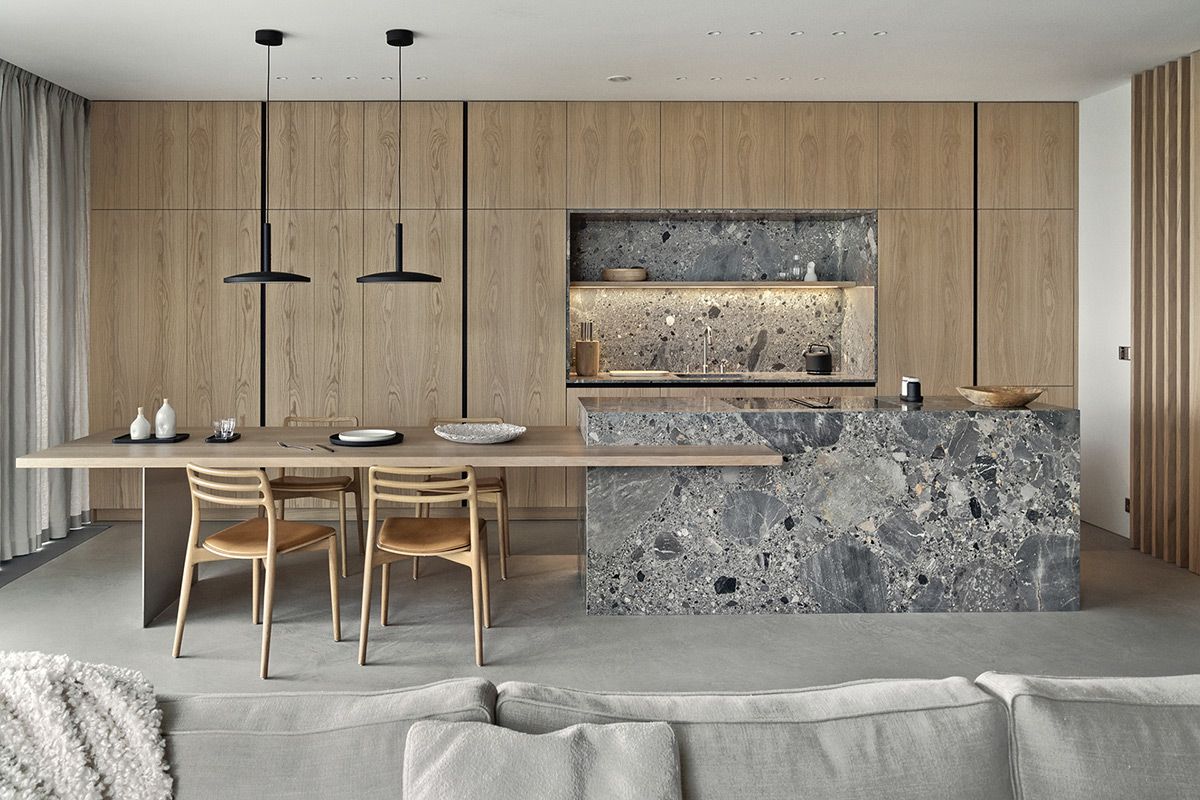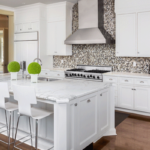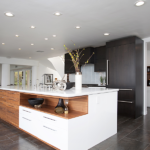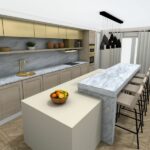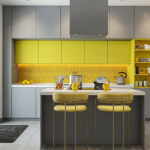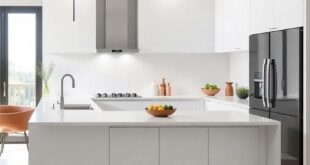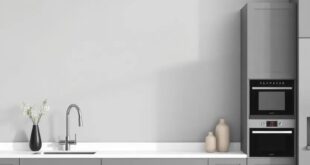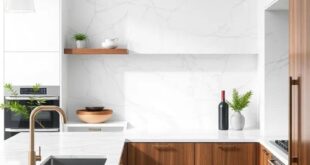Kitchen islands have become a staple in modern kitchen design, offering both functionality and style to any space. Whether you have a small kitchen or a spacious one, incorporating an island can enhance the overall look and feel of your kitchen.
When it comes to designing a kitchen island, there are several factors to consider. The first being the size and layout of your kitchen. If you have a smaller kitchen, a compact island with a slim profile might be more suitable, while a larger kitchen can accommodate a larger, more elaborate island. It’s important to ensure that there is enough space around the island for easy movement and access to appliances.
Another key consideration is the shape of the island. While rectangular islands are the most common, there are a variety of shapes to choose from, including square, L-shaped, and curved. The shape of the island should complement the overall layout of the kitchen and provide a seamless flow between work zones.
In terms of functionality, a kitchen island can serve a variety of purposes. It can provide additional storage space with cabinets and drawers, a dedicated area for meal prep with a sink and countertop, or even a seating area for casual dining or entertaining guests. Consider your specific needs and how you plan to use the island when designing the layout.
When it comes to style, the possibilities are endless. From traditional to modern, farmhouse to industrial, there are countless design options to choose from. Consider incorporating materials like wood, stone, or metal to add texture and visual interest to the island. You can also play with color by painting the island a different hue than the surrounding cabinets or countertops.
Lighting is also crucial when designing a kitchen island. Pendant lights are a popular choice for illuminating the island and creating a focal point in the kitchen. Consider the size and height of the island when selecting lighting fixtures to ensure optimal visibility and functionality.
Ultimately, the key to successful kitchen island design is to strike a balance between functionality and aesthetics. By carefully considering size, shape, functionality, style, and lighting, you can create a kitchen island that not only enhances the overall look of your kitchen but also improves its functionality and efficiency. So, get creative and start designing your dream kitchen island today!
 Decorationg Interior Design
Decorationg Interior Design
